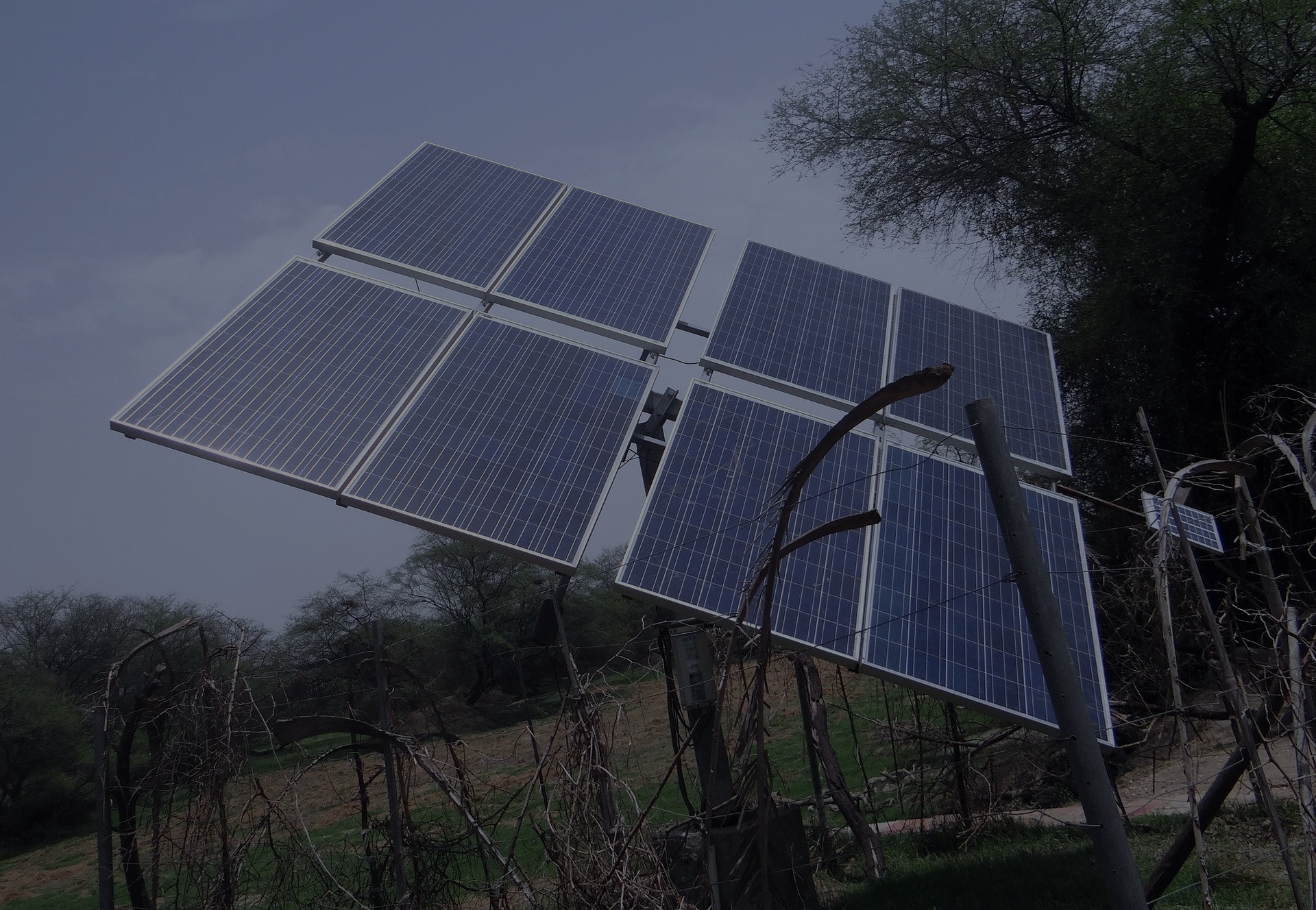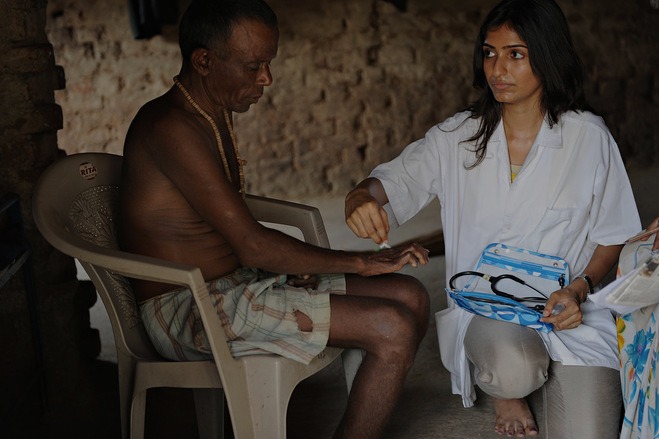India’s imposition of a duty on Chinese solar cells and modules and the levying of a Goods and Services Tax on panels significantly slowed solar capacity additions last year, a U.N. report said April 5.
The report further said developing economies, comprising India, China and Brazil, committed $177 billion to renewables last year, up 20 percent, compared to $103 billion for developed countries, down 19 percent.
This was the largest tilt in favor of developing countries seen since 2015 when the developing world first surpassed developed economies in green energy investments.
A record 157 gigawatts of renewable power, excluding large hydro, were commissioned across the globe in 2017, up from 143GW in 2016 and far out-pacing the 70GW of net fossil fuel generating capacity added last year.
The 86-page report – Global Trends in Renewable Energy Investment 2018 – released by the U.N. Environment, the Frankfurt School-UNEP Collaborating Center and Bloomberg New Energy Finance, blames Indian policies for slowing the move towards solar power.
The report added that the solar activity was slowed by an unexpected rise in PV module prices in local currency terms, due to a sudden reduction in the oversupply of imported Chinese units, exacerbated by the imposition of a 7.5 percent import duty on modules and a local GST on panels.
The pace of solar auctions in India also slowed.
In the medium term, PV installations look set to increase sharply, as India seeks to hit its ambitious target of 100GW of solar by 2022.
However, that acceleration did not materialize in 2017.
The report says China, India and Brazil – ‘big three’ – accounted for just over half of global investment in renewables, excluding large hydro, last year, with China alone representing 45 percent, up from 35 percent a year earlier.
However, the report says India’s investment has been hovering in the range of $6-14 billion since 2010 and has yet to reach the amounts required for the country to meet Prime Minister Narendra Modi’s ambitious 2022 goals.
India came fourth in the world ranking for renewable energy investment last year, at $10.9 billion, down 20 percent.
Solar took the biggest share at $6.7 billion, with wind at $4 billion. These lead sectors were up 3 percent and down 41 percent in dollar terms respectively.
Venture capital and private equity investment in renewable energy fell by exactly a third in the world in 2017 to $1.8 billion, just a sixth of its 2008 peak of more than $10 billion.
However, for the second time in three years, India beat Europe for second place.
India’s venture capital and private equity investment rose 27 percent to $457 million, or 26 percent of the total, while Europe’s fell 26 percent to $287 million, a 16 percent share.
India’s investment grew strongly because it secured three of the five largest deals.
Two of those deals were with wind companies raising funds to expand in India – a fiercely competitive market with huge growth potential that is attracting many foreign investors.
The largest deal was secured by Greenko Energy, an independent power producer based in Hyderabad, which raised $155 million in PE expansion capital from GIC, the sovereign wealth fund of Singapore, and the Abu Dhabi Investment Authority.
The pair had already invested $230 million in the company in 2016.
Another Indian independent power producer, Hero Future Energies, raised $125 million in PE expansion capital from the International Finance Corporation and the IFC Global Infrastructure Fund.
The third large Indian deal was secured by Clean Max Enviro Energy Solutions, which claims to be India’s biggest rooftop solar developer, and has installed 100MW since the company was founded in 2011.
“The extraordinary surge in solar investment, around the world, shows how much can be achieved when we commit to growth without harming the environment,” U.N. Environment head Erik Solheim said in a statement.
Source: http://www.indiawest.com/news/india/duty-on-chinese-imports-gst-slow-solar-growth-in-india/article_30093b50-390e-11e8-b206-5fbee157f7a3.html


